Rila Primrose Facts
- This beautiful creation of Nature and evolution most typically goes by the informative common name of the Rila Primrose. Yet, the lovely flora does have a number of other general titles. These include such intriguing monikers as Rila cowslip and God’s cowslip.
- Inside of the scientific community, however, it’s perhaps much better known by its technical designation. Thankfully, that’s a much simpler one for the layperson than most related tags. That’s because the Angiosperm currently holds the official epithet of Primula deorum.
- This wonder of the botanical world received that tag due to the efforts of Josef Velenovský. The respected Czech botanist recorded the first formal recognition of it as a separate and distinct species. The well-respected researcher achieved that scientifically noteworthy feat in 1891.
- Unfortunately, the lovely Rila Primrose finds itself in a precarious situation regarding its future. For the moment, no exact estimate of its population exists, either of current numbers or of trends. The IUCN presently shows it as Data Deficient on its Red List of Threatened Species.
- The marvel of the botanical world neverthess does face several clear potential threats to its continued existence. The most immediate threat it’s dealing with continues to be the very nature of its limited range. Yet, it also faces the dangers of ongoing climate change, as well.
Related Articles
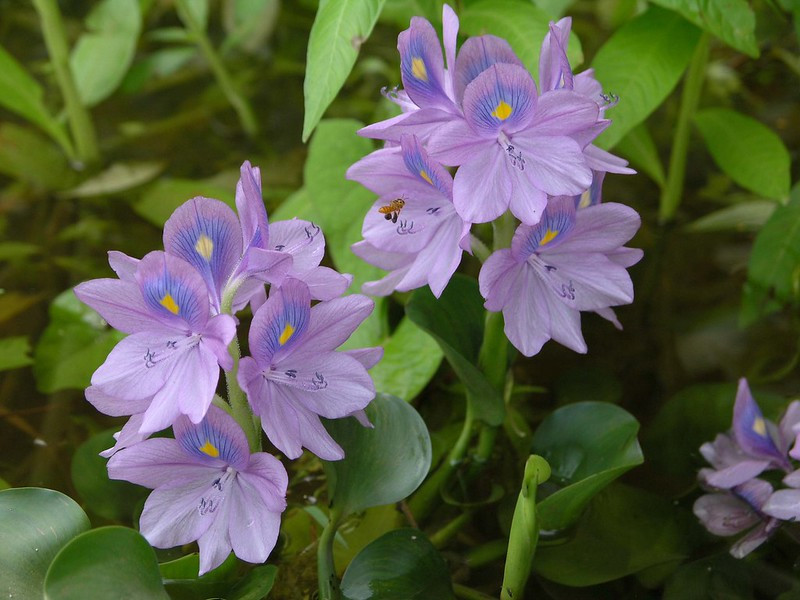
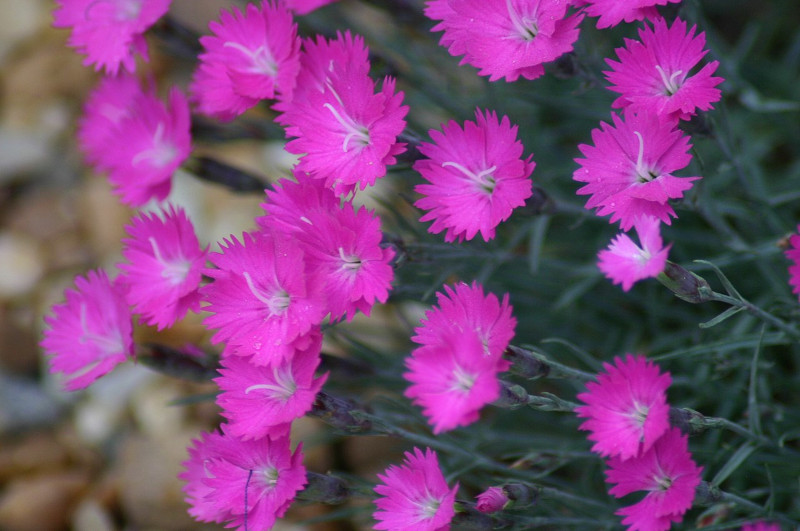
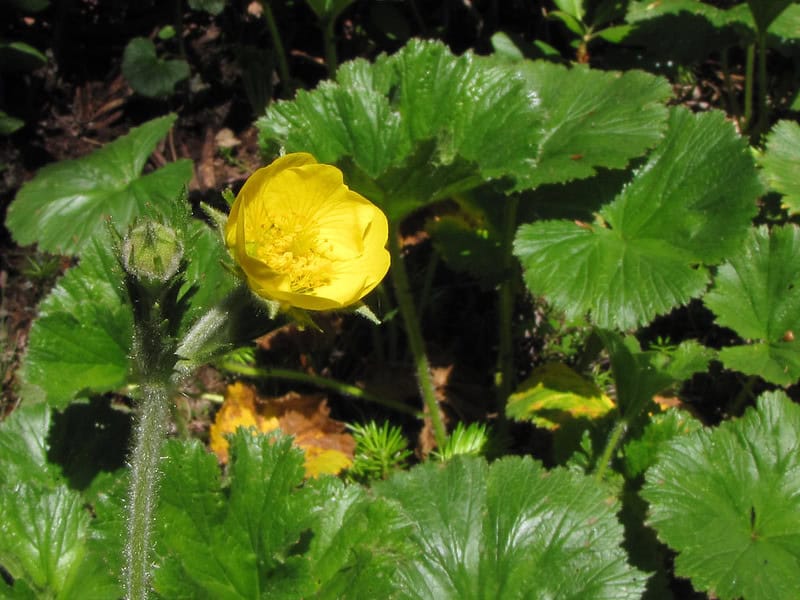
Rila Primrose Physical Description
The fabulous Rila Primrose rarely fails to capture the attention of those individuals fortunate enough to encounter one of the beauties. The plant generally does so more due to its visual appeal than sheer size, though. That’s due to the fact that it’s not an overly large example of its kind.
Each specimen usually produces a single, strongly vertically growing stem. This part of the plant tends to be a pale shade at the bottom, and darken to reddish-brown as it nears the top. Rarely, however, do these exceed 11.8 in (30 cm) in height. Most remain slightly less than this in height.
The leaves of this remarkable flora also easily stand out, appearing as they do at the base of the stem. These further vary widely in shape, ranging from oblong to strongly lance-shaped. As a general principle, this unique foliage also develops in a highly distinctive basal rosette pattern.
The leaves continue to distinguish themselves in yet other surprising ways, too. As each example matures, it develops a somewhat leathery textue, as well as a covering of fine hairs. Adding to the visual appeal of this part of the flora comes the fact that they further present as dark green in color.
Indisputably, though, it’s the amazing flowers of the magnificent Rila Primrose that typically garner the most interest from viewers. These manifest at the ends of erect, leafless stems that emerge from the center of the rosette. Individual flowers measure about 0.8 – 1.2 in (2 -3 cm) in diameter.
These parts of the plant additionally evolved to possess an elongated, funnel-like shape for its corolla. Each also boasts five separate and extremely distinct petals. Colors for the flowers themselves often vary slightly, but typically range from shades of a bright pink to a deep magenta.
- Kingdom: Plantae
- Phylum: Angiosperm
- Class: Magnoliopsida
- Order: Ericales
- Family: Primulaceae
- Genus: Primula
- Species: P. deorum
Rila Primrose Distribution, Habitat, and Ecology
Sadly, the breathtaking Rila Primrose developed as indigenous to only a very limited portion of the earth’s surface. But, the location of that zone of habitation probably won’t surprise many people, though. That’s because it’s native to a very specific portion of the continent of Europe.
Its only known population concentration lies within the national borders of the country of Bulgaria, in southeastern Europe. Even there, however, the wonder appears in only a very limit part of the nation. It’s endemic to just a very specific section of the equally beautiful Rila Mountains.
Further limiting its possibilities for habitation or expansion comes the fact that it’s also extremely selective regarding its choice of habitat. The flora generally only lives at relatively high altitudes. These select heights range from roughly 5,900 – 8,200 ft (1,800 – 2,500 m) above sea level.
It also prefers well-drained, often rocky or sandy soils. The soil the beauty lives in usually remains moist but well-drained, as the plant’s adapted to alpine conditions. It’s also quite commonly found in alpine meadows, rocky slopes, and areas of loose rock debris, often known as scree.
The gorgeous species thrives in the cooler temperatures typical of such areas. The high-altitude regions where it grows typically experience cold winters and relatively cool summers. It also prefers areas with adequate moisture, which is often supplied by snowmelt in its mountainous habitat.
Like most of its kind, the awesome Rila Primrose achieves its pollination via the actions of various local insect species. The majority of these include such species as bees or butterflies, which remain common in alpine meadows. The bright, fragrant flowers serve to attract multiple pollinators.
It also accomplishes its seed dispersal primarily by the actions of gravity, and potentially by wind. The plant’s natural habitat means that seed dispersal very often remains limited to only its immediately surrounding areas. That remains consistent with its highly localized distribution.
Species Sharing Its Region
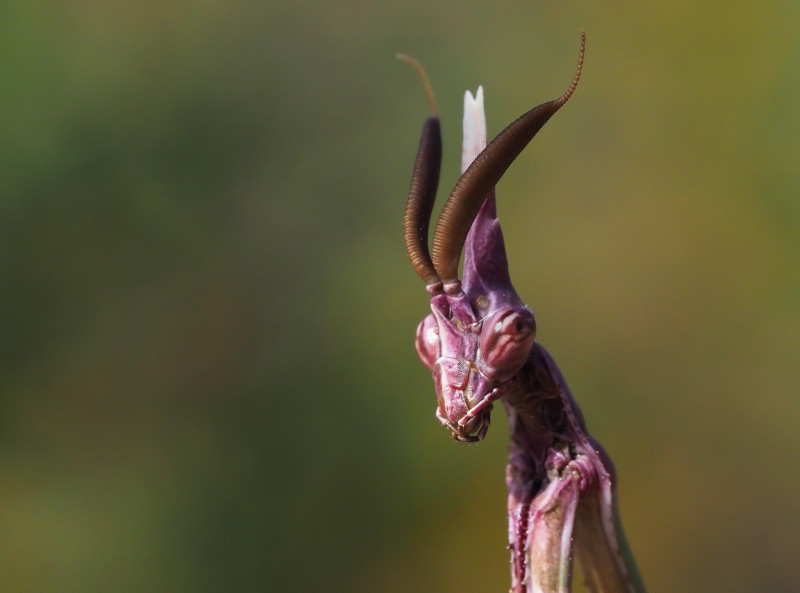
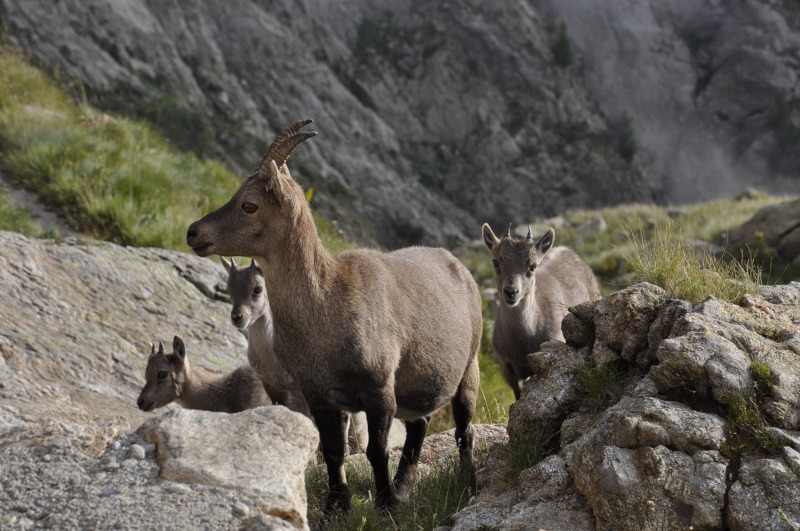
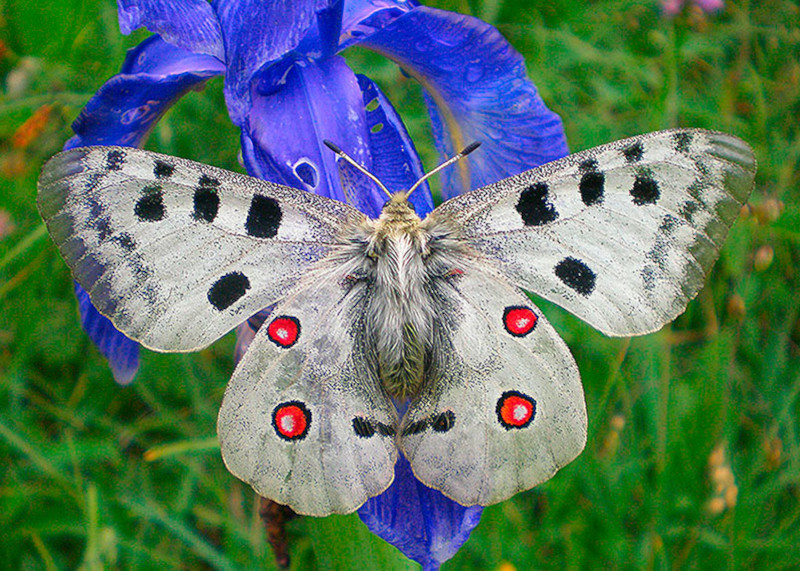
Check out our other articles on 5 Incredible Indian Ocean Species, Rock Hyrax, Mount Jade, Powder Blue Damselfly, Eurasian Griffin Vulture, Great Barracuda, Fire Salamander, Gila Monster
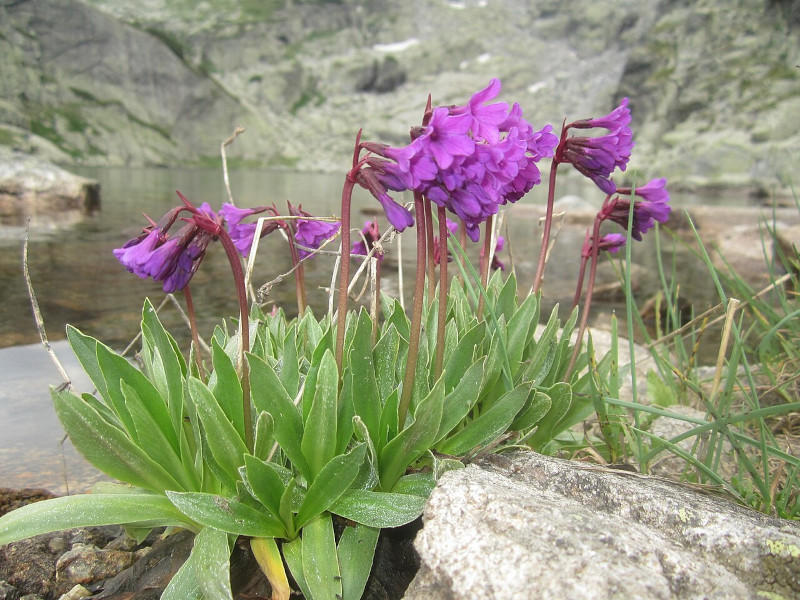
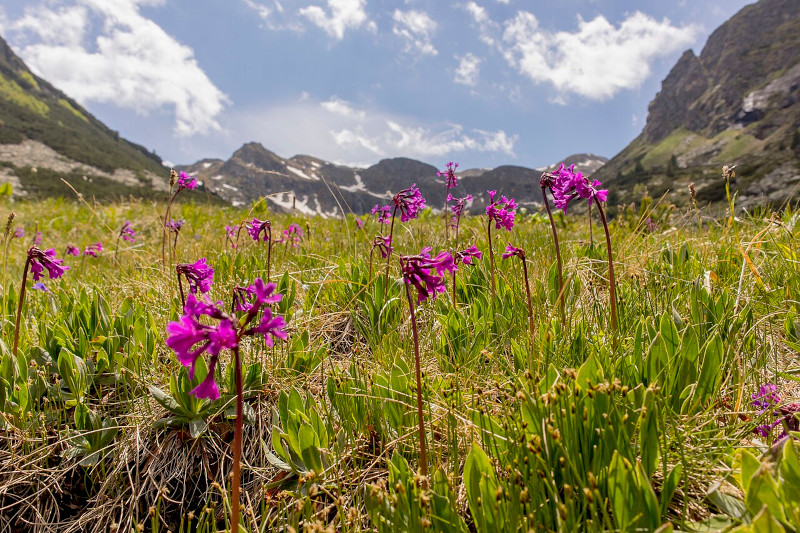
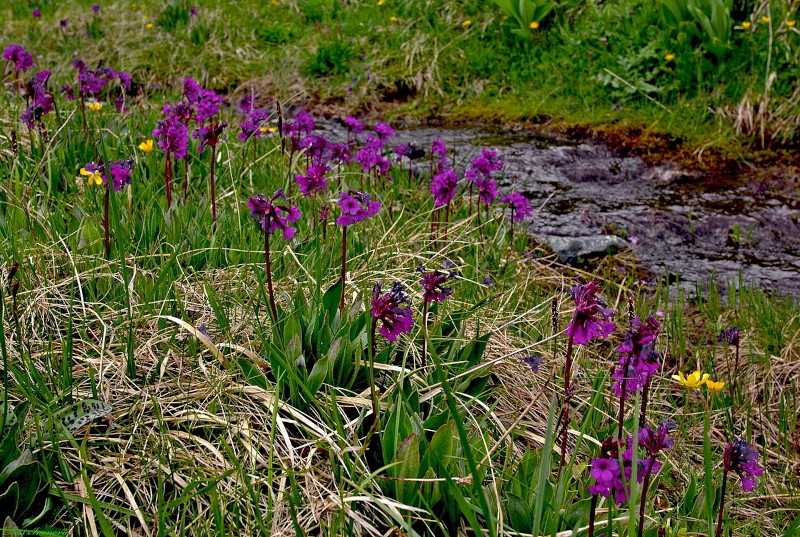









Leave a Reply